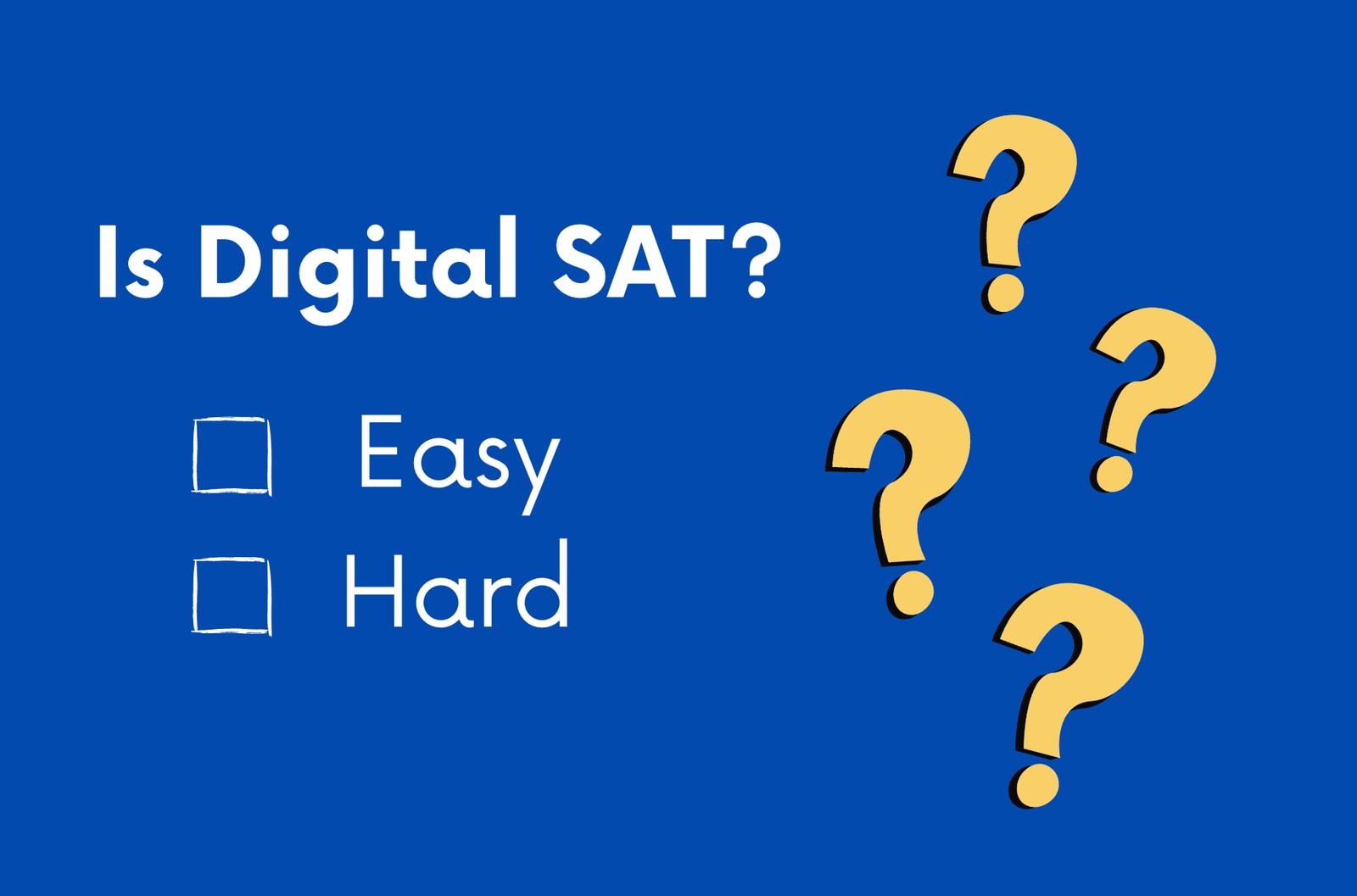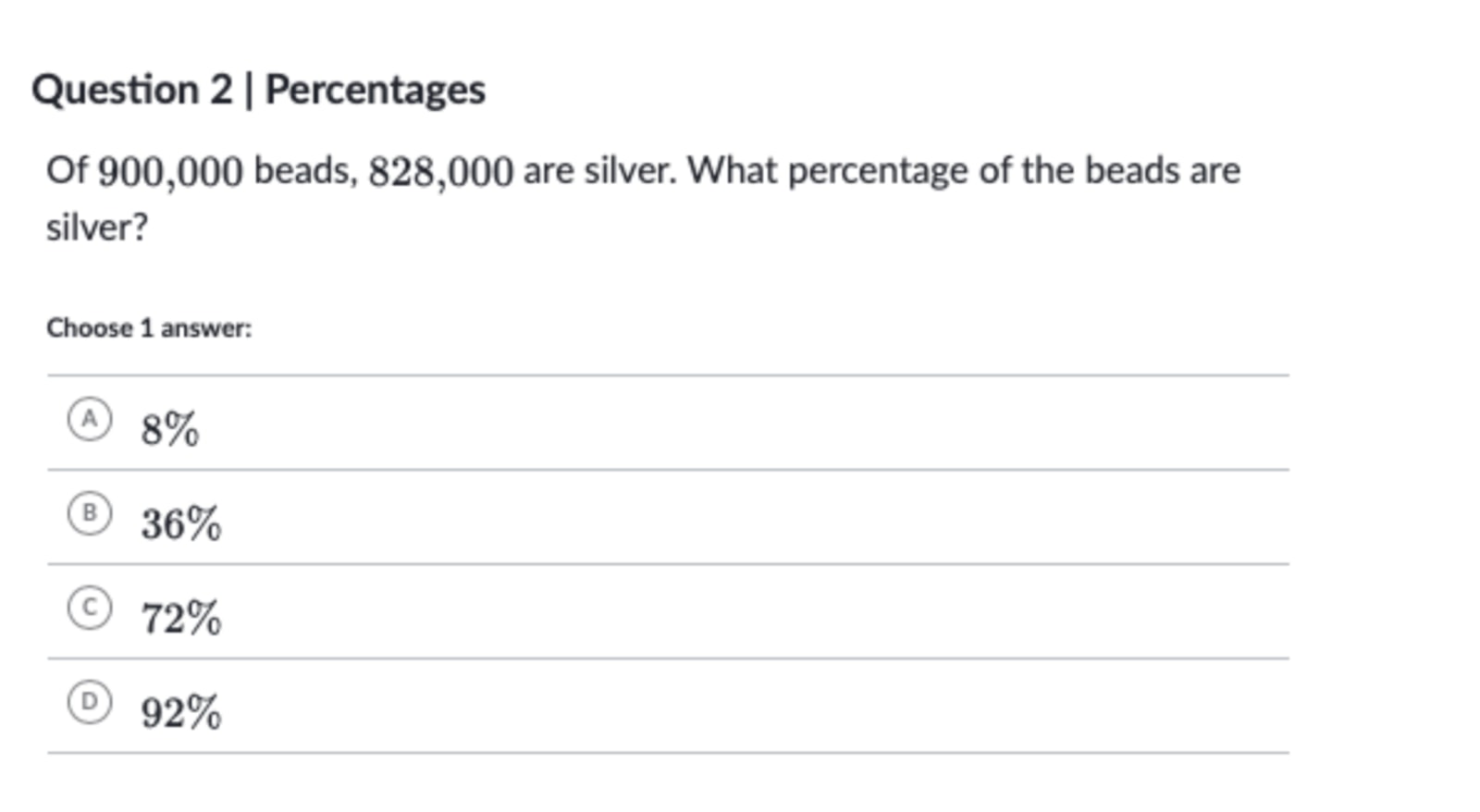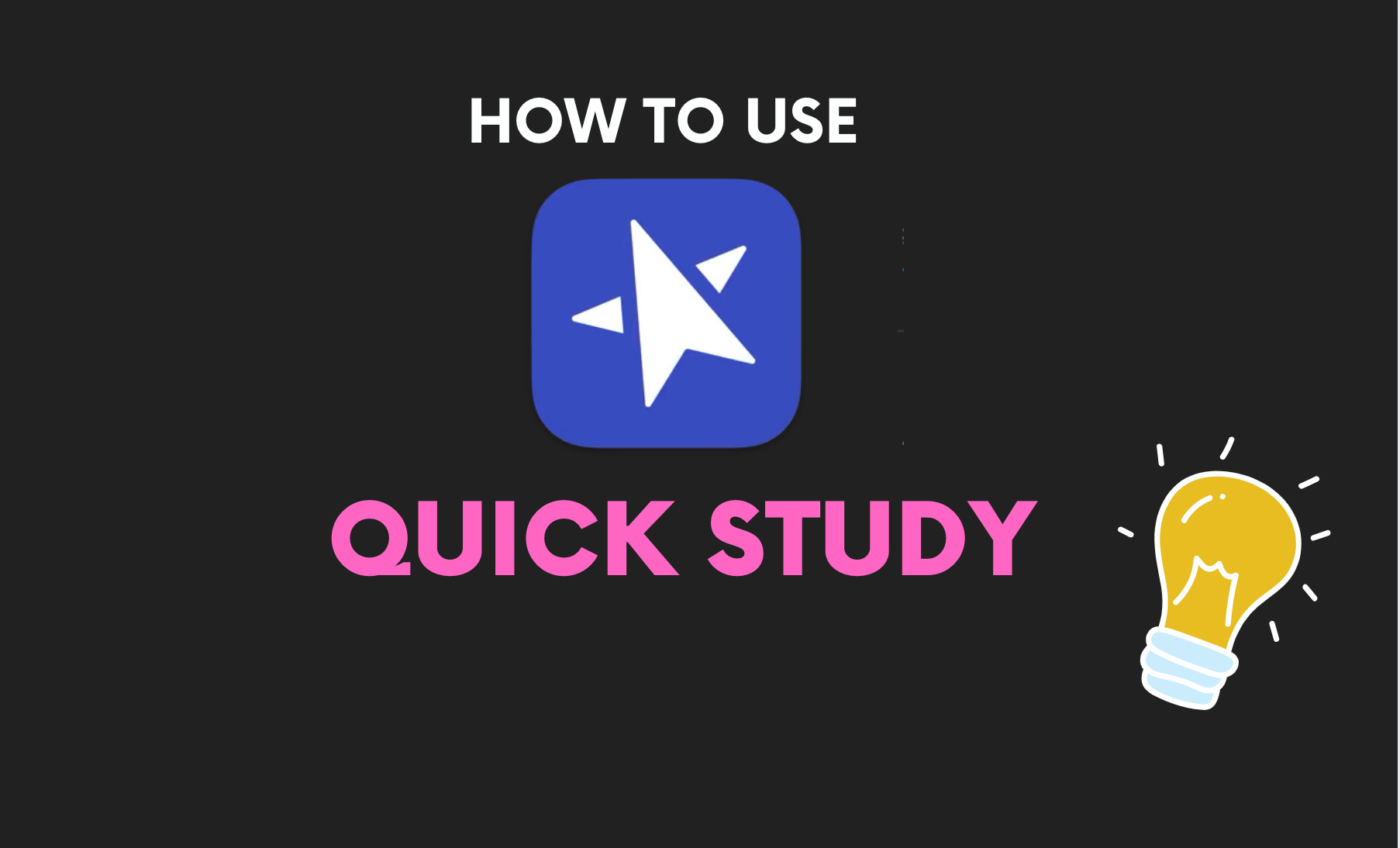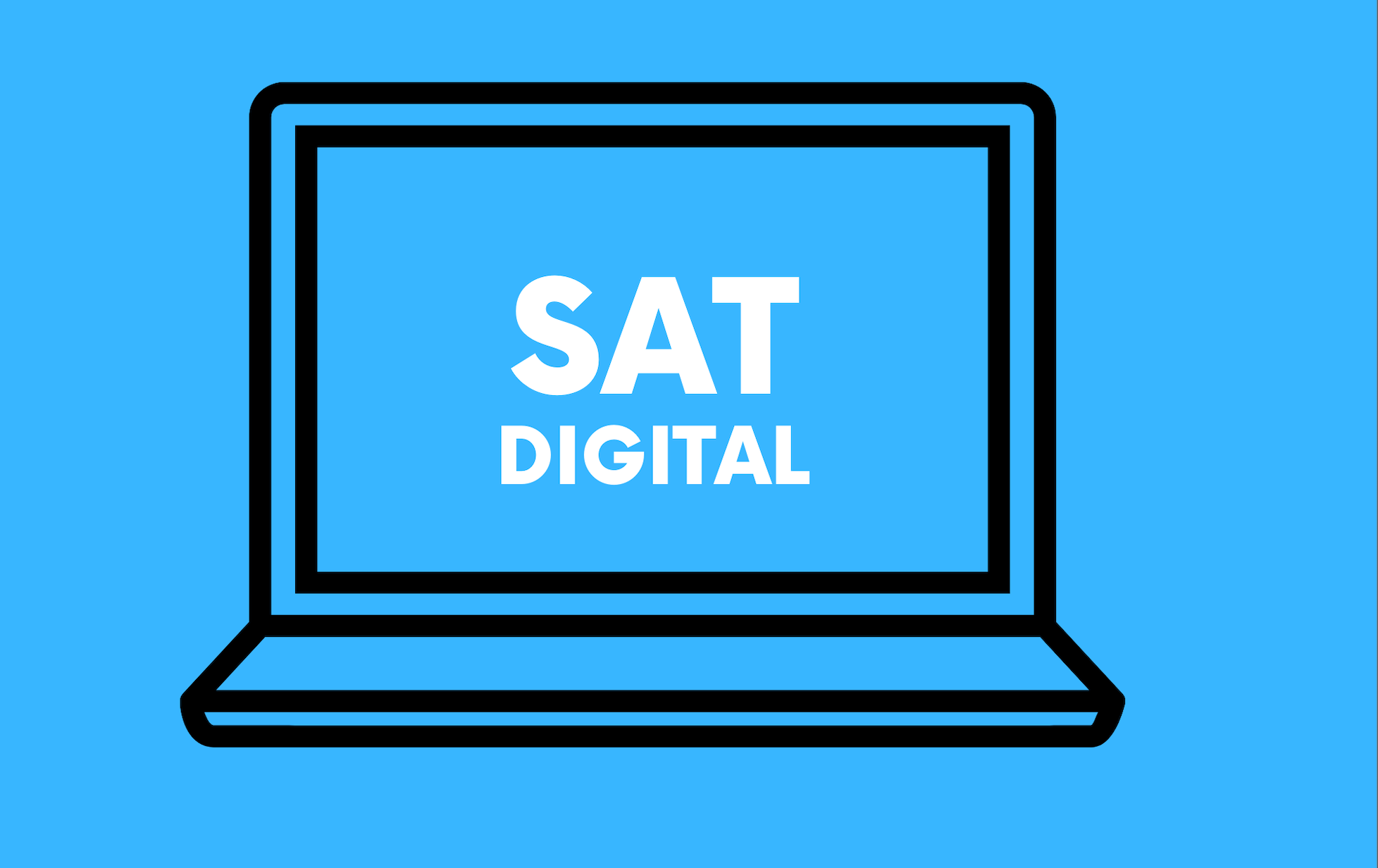Is the Digital SAT Test Tougher Now? Key Updates Explained
Author
Phoenix Wilder
Date Published

On February 3, 2025, the College Board introduced four additional Digital SAT practice tests (7-10) on their Bluebook app. At the same time, they removed tests 1-3, resulting in a significant update to their available practice resources. The overall effect is clear: the SAT is becoming more difficult.
The History Behind Practice Tests 7-10
To analyze the new practice tests (7-10) released by College Board, we must first understand their development timeline:
In early 2022, the College Board announced its plans to transition to the Digital SAT format.
In November 2022, the first four practice tests (tests 1-4) were released, marking the first preview of the new format.
In March 2023, international students began taking the Digital SAT, followed by domestic students in the spring of 2024.
By March 2024, College Board made two additional practice tests (tests 5 and 6) available on the Bluebook app. This brought the total number of tests to six.
On February 3, 2025, four new practice tests (7-10) were added, but tests 1-3 were removed.
This marks one of the most significant shakeups in SAT preparation resources since the Digital SAT was first announced.
What These Changes Mean for Students
New Tests
Among the four new tests, Test 7 is entirely original with new questions, while Tests 8-10 recycle questions from the recently removed Tests 1-3.
As a result, while students gain additional practice tests, those who have worked on Tests 1-3 previously may encounter familiar material in Tests 8-10.
Key Points for Students
The total number of available practice tests increased by 1, from 6 tests to 7 tests.
Students who completed Tests 1-3 before their removal will still have access to review materials and question breakdowns on Khan Academy.
While Khan Academy does not currently provide detailed explanations for Tests 7-10, official answer explanations are accessible via the College Board’s website.
The added practice test is a benefit. However, students should be mindful of the fact that the overall difficulty level of these new tests appears to reflect recent adjustments to the SAT.
Why Did College Board Remove Tests 1-3?
College Board has remained mostly quiet about the reasoning behind this change, with the official explanation being their desire to offer "the most relevant practice resources." Based on student performance data, a likely reason for this update is that the earlier practice tests (1-3) may have been too easy compared to the actual test.
This shift aligns with patterns observed on the Bestsatscore platform, where students consistently reported achieving higher accuracy rates on earlier Digital SAT practice tests than on the current ACT or the pre-digital (paper) SAT.
Additionally, analysis shows that Tests 7-10 incorporate nuances and challenges that more closely mimic the increasing difficulty observed in recent official SAT exams.
Math Section: Comparing Test 1 and Test 7
The Math section in Test 7 suggests several changes that reflect added difficulty:
- Reduction in Simple Questions: Easy questions, particularly in the hard second module, are fewer in number.
- Increased Complexity in Simple Questions: Easy questions that remain tend to require more steps or involve more complex operations.
- Example of Question Complexity:
Test 1:

Test 7:

To provide some context, the Mathematics section of the Digital SAT is structured with a progression in difficulty—the questions at the start of a module are easier, while those toward the end are more challenging. In this comparison, the question from Test 1 is the second question in its module, whereas the question from Test 7 is the third. This indicates that both questions should be at roughly the same difficulty level.
Although both are relatively simple percentage problems, the question in Test 1 is undeniably more straightforward, requiring only basic division to solve. In contrast, the question in Test 7 is slightly more complex, involving cross-multiplication or division with fractions or decimals.
There also appear to be changes in the harder questions toward the end of the module. In the newer tests, the hard questions often touch on less familiar mathematical concepts—such as the slant height of a cone—than those found in earlier tests, which relied more on commonly known topics.
Reading and Writing Section: Comparing Test 1 and Test 7
The Reading and Writing section exhibits similar increases in complexity. The harder second module of Test 7, in particular, seems significantly more challenging than that of Test 1 in several respects:
Key Observations
- Shift in Question Distribution: Test 7 features fewer questions from straightforward subtopics like Words in Context or Grammar Agreement and a greater emphasis on passages related to evidence-based or inferential reasoning.
- Increase in Technically Dense Passages: Harder modules in Test 7 often include technical data, such as scientific terminology, statistics, or specialized subject matter that may be unfamiliar.
- Growth in Literary Passages: Test 7 incorporates more questions derived from older literary texts—traditionally a challenge for students accustomed to modern prose.
Module Characteristics: Test 1 vs. Test 7

Test 1: Words tested include "Reciprocates," "Recognizable," "Ambivalence," "Diverse," "Intersect," "Tenuous" and "Peripheral" which are comparatively common in modern usage.
Test 7: Words like ectify," "Arduous,""Notional," and "Demarcated" appear, which are less commonly encountered in everyday contexts.
Words in Test 7 lean more heavily on rare, historically significant vocabulary. Tools like Google Books Ngram Viewer demonstrate that the vocabulary choices in Test 7 are significantly less frequent in modern English texts than those in Test 1, making them harder for high school students to master.
Naturally, these characteristics are not entirely objective. Nonetheless, when viewed as a whole, they imply that students could face greater difficulty with the Reading and Writing section in Test 7 than in Test 1.
Adjustments to Scoring Methodology
On the whole, any changes to question difficulty in the new tests seem to be relatively minor—Tests 7-10 have more in common with the older tests than they do differences. That said, it is possible that the College Board has adjusted its scoring algorithm, making the tests feel more difficult.
It is challenging to confirm this assumption, as the exact method the College Board uses to score the Digital SAT remains unclear. Additionally, certain elements—such as “test” questions that are included in the exam but do not count toward a student’s final score—are impossible to measure precisely.
When comparing scoring data from practice tests 1-4 to that of tests 7-10, there are indications that the College Board may have lowered its scoring model slightly, effectively increasing the difficulty of the exams.
Another potential factor is a possible shift in the threshold required to access the harder second module. Since entering the harder second module provides students with an automatic score boost, raising this threshold could also lead to slightly lower overall scores.
The Curious Case of Test 4
Unlike Tests 1-3, Test 4 has not been removed and remains available in the Bluebook app. This decision is puzzling because Test 4 aligns more closely with the difficulty level of Tests 1-3 rather than with the newer Tests 7-10.
Possible reasons for keeping Test 4 include:
Practice Resources Availability: Fewer removals allow students to access a greater pool of tests for preparation.
Data Collection Needs: Test 4, as an original practice test, may have been attempted by fewer students and thus may offer less comprehensive performance data.
Students should be aware, however, that Test 4 is likely easier than Tests 7-10 or what they may actually encounter on test day.
Commitment to an Accurate and Up-to-Date Question Bank
At BestSATScore, we are dedicated to offering students the highest quality, most up-to-date question bank to support their test preparation. We recognize how essential it is for students to practice with relevant and realistic questions that closely resemble those on the actual test in order to achieve their best possible score.
To meet this commitment, we are actively updating and refining our Digital SAT question bank. Specifically, we are ensuring it aligns with the adjustments in difficulty observed in Tests 7-10 recently released by the College Board, so students can prep with confidence using accurate and effective materials.
Related Posts

Stay ahead of the curve! Learn smart strategies for tackling the Digital SAT Test and making the most of Bluebook’s features.

Get all the details on the Digital SAT Test—adaptive testing, built-in tools, shorter format, and why it’s more student-friendly than ever!